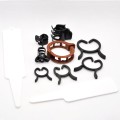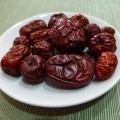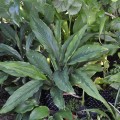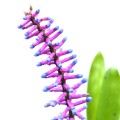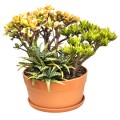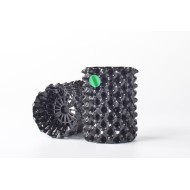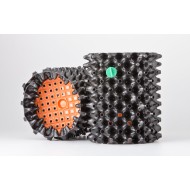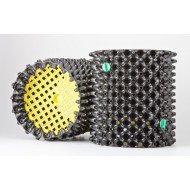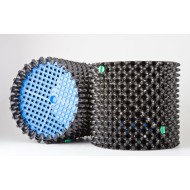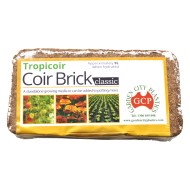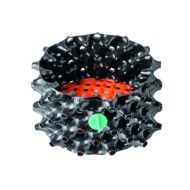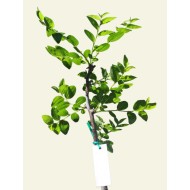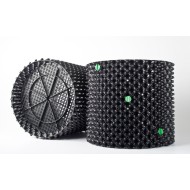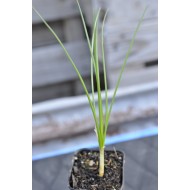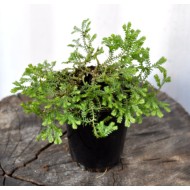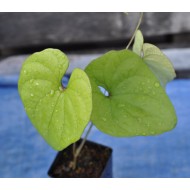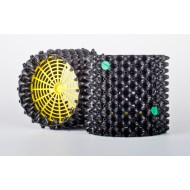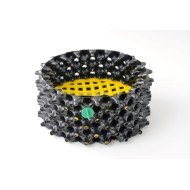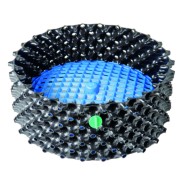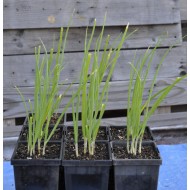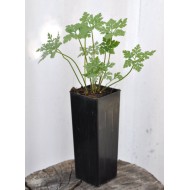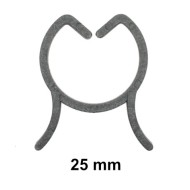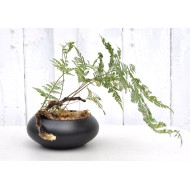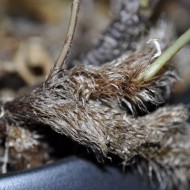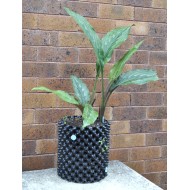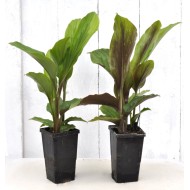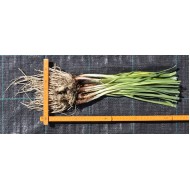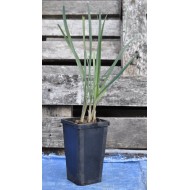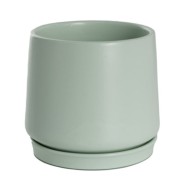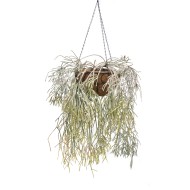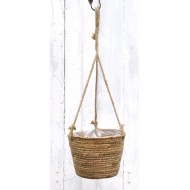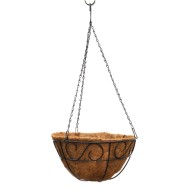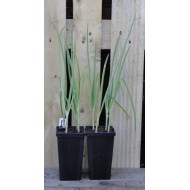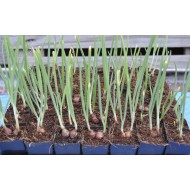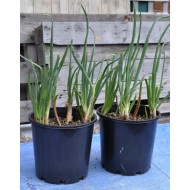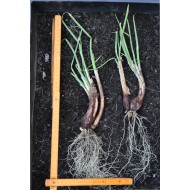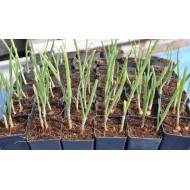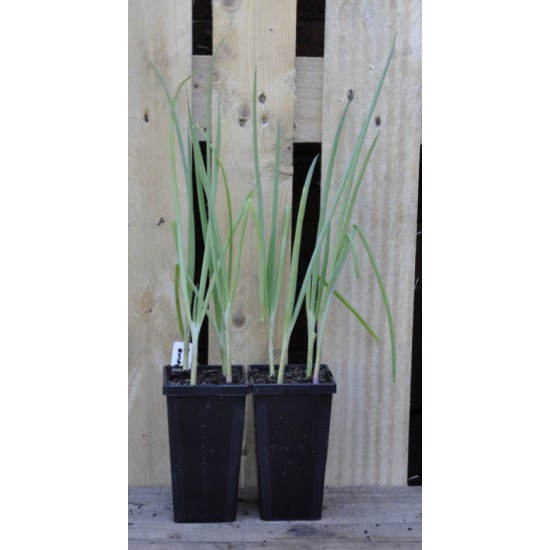
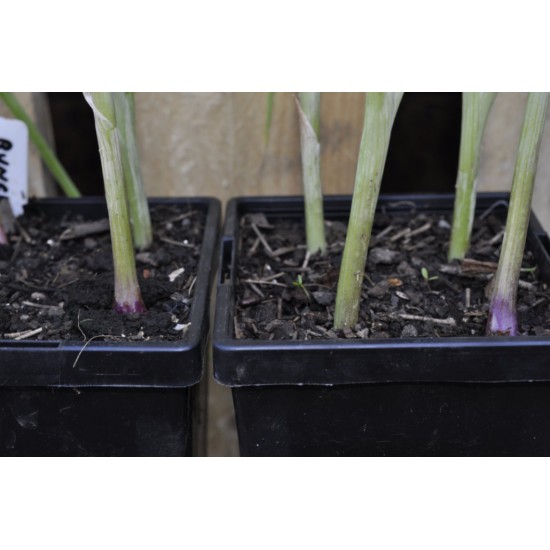


- Stock: Pre-Order
- Model: red-beard-onion-90mm-bottomless-pot
Family: Amaryllidaceae (includes Amaryllis, Agapanthus, Clivia and Scadoxus)
Genus: Allium (includes onions, leeks, garlics, chives)
Botanical/Binomial Name: Allium fistulosum
Meaning of Name:
Allium, from Latin allium (‘garlic’); and
fistulosum, from Latin fistulōsum (‘tube-like, hollow’): hollow leaves
Common Names: Bunching Onion, Spring Onion, Welsh Onion
Botanical Characteristics: Herbaceous | Bulbous | Perennial | Evergreen | Frost hardy
Propagation: Seed | Division of clumps in spring
Item Description:
The dimensions of the bottomless pot are 90 mm square × 150 mm deep — I love these pots as the square shape and bottomless design produces beautifully straight and deep roots with no spiralling whatsoever. (I sell these brand-new if interested.)
I reuse and recycle pots whenever possible, and the pots the plants come in may show signs of this, but are otherwise in great condition.
Plant Description:
I found the naming of this type of onion incredibly confusing, until I discovered that ‘bunching onion’, ‘spring onion’, and ‘Welsh onion’ all refer to the same species: Allium fistulosum. In other words, the three names are synonymous.
The common culinary onion known for its big bulb is Allium cepa.
Allium fistulosum on the other hand is a non-bulb-forming species of Allium with hollow leaves (Fistulosum is Latin for ‘tube-like’.)
Walking/tree onions are Allium × proliferum, a hybrid of Allium cepa and Allium fistulosum!
There’s more confusion again with the name ‘Welsh onion’, in that this species isn’t actually from Wales, but China! ‘Welsh’ used here references an old English word for ‘foreign’.
Names aside, this is a very pretty spring onion with green tops and red stems — the close-up in the second photo shows the red beginning to develop.
Growing Information:
The individual plants can be separated before planting out, or as the four together in a larger pot or directly into the ground. I grow all our Allium species in a dedicated bed as well as in 3 L and 9 L Air-Pot containers closer to the kitchen, as the entire onion family does especially well in these.
Wherever and however you grow them, I do wholeheartedly recommend at least some be in a pot by the kitchen for quick access — as with their relatives the Egyptian/walking/tree onions, the leaves readily grow to a centimetre thick and over 30 cm high, making a leaf or two go very far in daily use!
Bunching onions will benefit from a thick layer of mulch laid down in autumn to help keep them warm and protected in climates with very cold winters. This warmth will help get them off to an earlier start in spring as well.
There are two ways to treat this plant culinarily. One is to simply pick the leaves as a ‘cut and come again’ plant — new leaves grow back quickly, and having a number of plants in rotation reduces the stress on each one.
The other is to uproot the entire plant and eat everything including the stem and what would be the bulb if it grew one. If doing this though, keep the lowest 10 mm portion with roots attached, and replant for a new plant! Or place this piece in water until shoots form before planting out.
Once a bunching onion plant is established, it will begin to grown thicker at the base and put out still more leaves. At this stage it can be uprooted in spring, divided carefully into sections (each containing roots) and planted out anew.
Local pick-up is welcome — we’re in Gwynneville, near Wollongong University.
Pick-up is by mutual arrangement please, as we don’t have a shopfront.
Having said that, we are always here and more often than not can easily fit in with whichever day and time suits you best!
Feel free to suggest preferred pick-up time(s) in the comments box during checkout and we’ll reply as soon as we see the notification.
Especial Note Regarding Large Air-Pot® Orders
Depending on the order, we may suggest that large Air-Pot® orders are best sent directly to you from the warehouse.
Especial Note Regarding Jujube Trees
When posting out bare-rooted jujube trees, we routinely trim them to fit the box and keep postage costs to a minimum. These trees are typically knee-high when planted out, though some may be smaller.
This of course doesn’t apply for pick-ups, and in fact we will set aside the tallest trees specifically for this purpose. These trees can often be hip-high, and sometimes taller again.
Please note that this is not a guarantee, as heights of different cultivars can differ from year to year.

